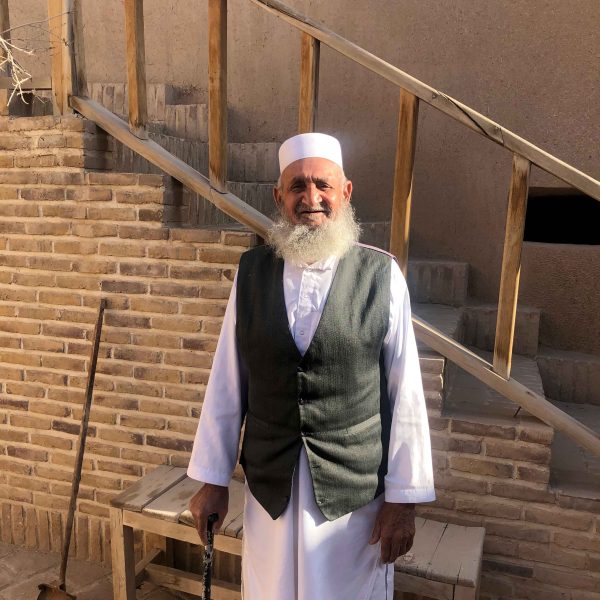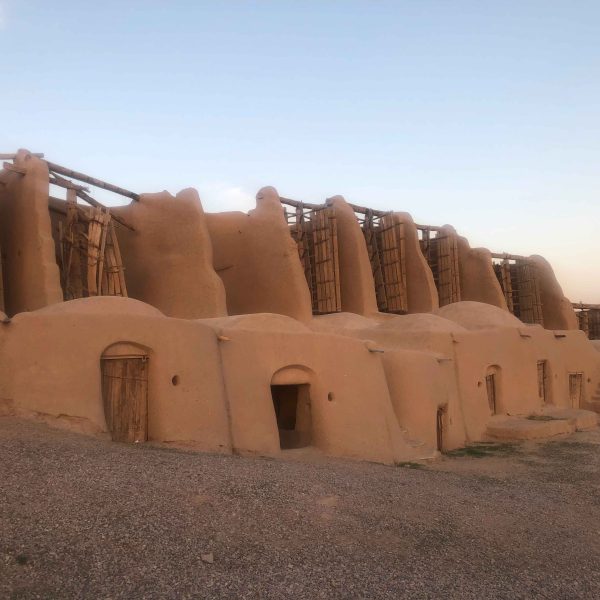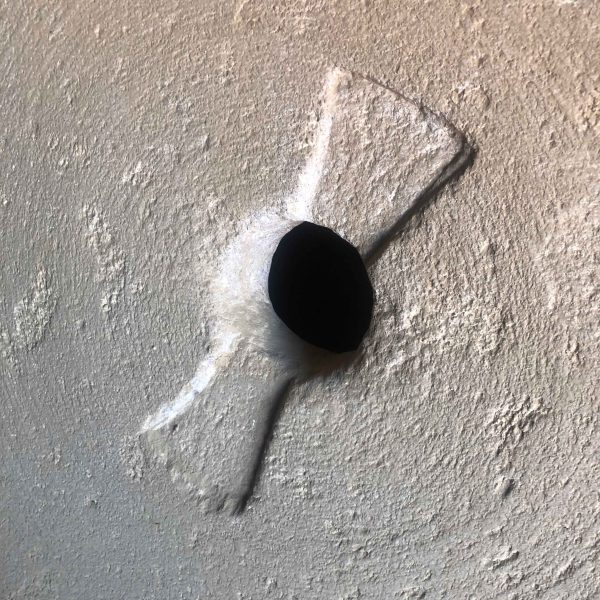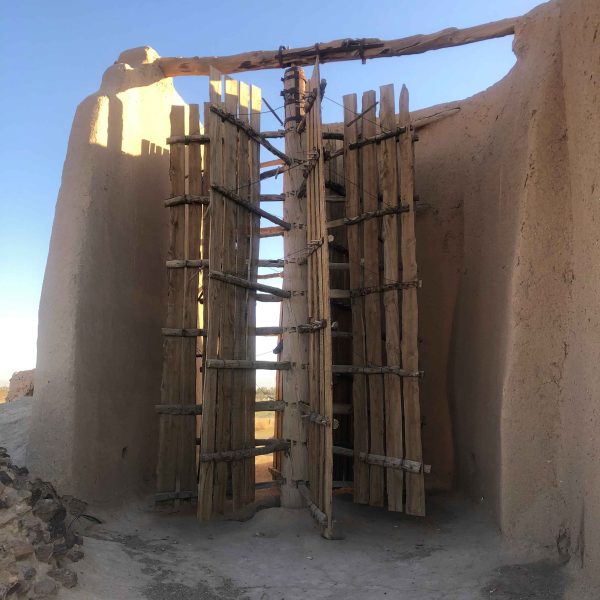Nashtifan windmills( Asbads)
Nashtifan is situated on a semi-arid windswept plain northeast Iran, some 40 kilometers from the Afghan border. the small village of Nashtifan is keeping ancient traditions alive amid the winds of change. The town is home to some of the earliest windmills in the world, and the structures are still in use for milling grain into flour .The area is known for its seasonal strong winds, and in fact, the name Nashtifan is derived from words that translate to “storm’s sting.” .” During turbulent winter months the handcrafted wooden blades whirl with a surprising velocity and power grindstones in a marvel of engineering and passive ventilation. With periodic repairs to turbines, these well-built earthen structures could go on for centuries so long as there are caretakers willing to maintain them
Along the southern edge of town, a towering 65-foot-tall earthen wall shelters residents from the abrasive gales. The high wall houses two dozen mostly functional vertical axis windmills that date back to ancient Persian times. It’s estimated the structures, made of clay, straw, and wood, are around 1,000 years old, used for milling grain into flour.
Technically speaking, unlike European windmills, the Persian design is powered by blades arrayed on a vertical axis in which the energy of wind is translated down without the need for any of the intermediary gears found on the horizontal axis windmills.
Experts believe such primitive yet great machines bear testimony to the human being’s adaption with nature by transforming environmental obstacles into opportunities.
The development of Asbads took place due to strong and continuous 120-day winds, which annually sweeps through the east and southeast of the Iranian Plateau from late May to late September.
the earliest known references to windmills are to a Persian millwright in 644 CE and windmills in Seistan [Sistan], Iran, in 915 CE. In the early second millennium, some Eastern and Western states acquired the technology of making mills from Persia, though the prototype design constantly underwent amendments over time.
Iran seeks UNESCO recognition for arrays of its ancient windmills that can be found in the provinces of Sistan-Baluchestan, South Khorasan, and Khorasan Razavi. In 2002 the windmills were recognized as a national heritage site by Iran. The Ministry of Cultural Heritage, Tourism, and Handicrafts has almost completed preparations for a chain of ancient vertical-axis windmills for possibly becoming a UNESCO World Heritage.




